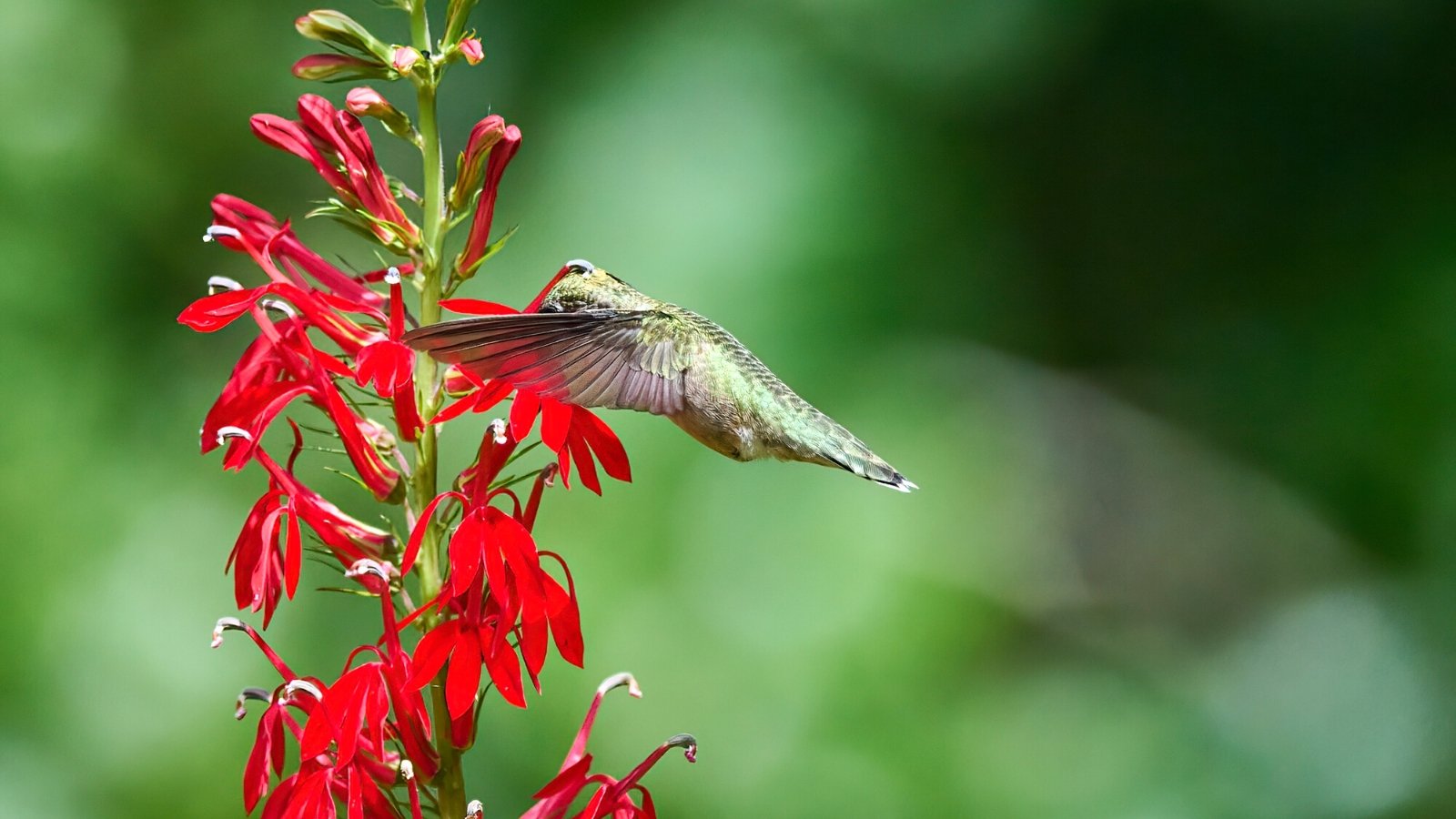If something else could take out a lot of your nighttime pests, would you be interested in it? That was my initial thought when tackling this BatBnB review, if only because the idea sounds particularly appealing. In my area, two different dominant species of mosquito are active around the clock. A host of moths lay eggs on my plants, which of course hatch into larvae that devour my garden. Between the two, nighttime natural pest control sounded glorious.
But when we’re talking about bat houses or bat boxes, there’s such a wide range of them available that one has to wonder whether or not there’s good reason to invest in a BatBnB. After all, they seem to the amateur to be no more than a designer bat house. What makes these so much better than the rest?
Let’s take a few minutes to talk first about bats themselves. Then we’ll explore bat houses in general. Finally, we’ll get into why you should be investing in a BatBnB over one of the less-expensive bat houses on Amazon or a DIY model.
Bats: Nature’s Nightly Pest Control Service

There are close to 1,400 species of bats in the world, ranging from tiny little things the size of a bumblebee to gigantic flying foxes with six-foot wingspans. But the majority of the ones that take up residence in a bat box or bat house are the insectivores.
Hungry little things, these bats derive the majority of their protein from bugs that they eat. Mosquitoes are on the menu, but it’s not just mosquitoes that attract their attention. They’re also partial to a wide range of other insects.
Japanese beetles, leafhoppers, armyworm moth larvae, cucumber beetles, stink bugs, and more are picked off plants or out of the air by our chiropteran friends. The pest issue is greatly lessened in areas where bats dwell, and that improves the longevity of our gardens and our backyard enjoyment.
Most bats aren’t blind, but their eyes are optimized to extremely dark conditions. They can see perfectly well in pitch-black surroundings. Usually, they utilize echolocation to find their food, sending out a sharp sound and then targeting in on the faint echo that comes back from their prey.
Because they operate best at dawn, dusk, or throughout the night, they often retreat to a quiet crevice during the day. Bats can live up under the eaves of a house or in the rafters of a barn. Caves or trees are other locations that you can find them literally hanging out. But they’re safest when they’re secure in a bat house.
It’s estimated that they save agriculture billions a year in pest control. Studies estimate that the low-end value of bat protection is around $3.7 billion a year, with some estimates ranging as high as up to $58 billion in pest control measures saved.
Best of all, they make great neighbors. By their nature, the nearly 40 natural species in the United States that consume insects tend to avoid contact with humans. They don’t mind living nearby, especially if you have a ready source of food. And, of course, those of us who garden often have a plentiful supply of pests for them to eat up.
Why You Need A Bat Box

Now that you know a bit more about bats, you can start to see the value of them hanging out in your yard. But why do you need to invest in one?
By providing a place for your bat buddies to sleep, you help encourage them to stick around. Most bats tend to migrate to a nice, warm summer location where the insects are plentiful, then return back to a different location in the winter months.
In warm climates where bats live year-round, it’s pretty easy to encourage bats to move in and stick around. But those of us who have colder winters need to find a way to entice our flying friends to make a summer home on our properties. This is especially true in urban environments where optimal sleeping locations may not be readily accessible.
Once a bat has found your bat house, they’re likely to return year after year, bringing their friends and family along for their summer stay. Adding one simple facility like this can give you natural pest relief every year. They will help you if you give them a simple, safe place to call home.
If that wasn’t enough, while these aren’t pets and people should maintain a respectful distance, these wild animals are fun to watch at sundown. Their aerial acrobatics are a sight to behold, with swooping and diving as they snap insects out of the air. Your bats are a great source of natural entertainment, too!
Tired of the zap-zap sound of your bug zapper? Maybe you’re sick of adding more lures to your mosquito traps? Bats are much quieter.
Finally, while this is probably the least beneficial aspect, bat guano is a very effective fertilizer. If you collect their droppings from beneath where you place their home, you can toss them into the compost pile and enrich your whole pile.
What Makes BatBnB Special?
Sure, you can make a bat box. People make DIY bat boxes all the time. But if you want to encourage your flying pest control service to visit year after year, you’ll need something that appeals to a bat. Their natural habitat provides specific key features that a simple rectangular box won’t offer.
In designing the BatBnB bat house, BatBnB made contact with Merlin Tuttle, a bat conservationist with over 55 years of experience. Tuttle wrote what is considered to be the ultimate book on how to make a bat house, and over the years has determined what features most bats are seeking in a safe place to get some sleep.
Features BatBnB Provides

First and foremost, ventilation is a major issue. Your bats need fresh air to breathe, plus when the weather’s hot they’ll enjoy a little cooler airflow around them. The average DIY houses we make have too little ventilation. BatBnB has front ventilation on their single-chambered bat houses and dual side vents on their dual-chambered ones.
Speaking of the chambers, you want roomy chambers that can house a lot of bats. The average bat box will house less than 20 bats. BatBnB provides two options: a good-sized single-chamber box that can house up to 40-50, or a larger double-chambered box that can house 100-120. The more bats you have in your BatBnB, the more pest control you have available.
When most people make a bat house, they don’t take into consideration one of the most important aspects of a bat’s comfort: a good grip. If the bat can’t hold onto the interior of the box, they won’t stick around. The interior of your BatBnB includes machine-cut grooves at ½” intervals, perfectly spaced so that the bat can comfortably hang from them.
But all of these things are in addition to the primary purpose of your BatBnB: protection. This isn’t just protection from predators, although that is an added feature. Your flying friends also enjoy a nice, dry place to retreat to from the rain, or a place that provides a good windbreak when there are gusts blowing. In their natural habitat, they find crevices they can crawl into that provide this necessary shelter.
Finally, a key aspect that BatBnB has considered in the construction of their bat house is quality. As I said, it’s possible to knock together a rudimentary bat box quickly, but how long will that last? Your bat B and B is attractive, looks good in the garden, and appeals to human aesthetics. It’s designed with longevity in mind, fully sealed, and with a sloped roof to add extra protection. Constructed of western red cedar, the wood itself is long-lasting, and a residential-grade silicone caulk helps to weatherproof it.
BatBNB History: Why’d They Make These?
Since the winter of 2007-2008, millions of bats have been dying of an emergent disease in the US called white-nose syndrome. Caused by a fungus that thrives in cold, humid locations like caves, it infects the muzzle, nose, and wings of hibernating bats.
White-nose syndrome has spread rapidly and can now be found in 33 US states and 7 Canadian provinces. Since it all comes from having drafty, cold places to sleep, it’s posing a major risk to the insect-eating population of North America.
To date, BatBnB has provided homes to at least 500,000 bats, with the number steadily increasing. They’ve also worked to provide information to the public about this growing concern by promoting their bat houses. Shark Tank, a popular television series, was one of many outreach methods they’ve used to get the word out. The Shark Tank bat house was one of the earlier models, but they’ve continued to make improvements to their BatBnB products since.
But that’s not the only place they’ve showed their bat house. Shark Tank, NPR, Innovation Nation on CBS, Entrepreneur, Fast Company, and more have highlighted their essential mission to provide safe shelters for the bat population.
By buying a BatBnB, you’re providing yet another safe shelter, all while benefitting from natural pest control. Their goal is to make conservation of bats as popular as the save the bees movement has become, and this is merely a single step towards that.
BatBnB Models To Choose From

No review is complete without discussion of their full product range, of course.
My personal favorites are their double-chambered line of BatBnB units. These provide enough space for between 100-120 bats to take up residence in. Three styles are available: the Seneca, Meramec, or Carlsbad models.
If you’re only looking to put up a single box, the Meramec has a beautifully rounded landing pad at the base that looks great. For a pair to go on the same wall, a Seneca and a Carlsbad make for a perfectly-aligned set. And if you want to go for three, 1 of each style can provide a great ornamental look on the wall of your barn or home while housing an entire colony.
These three styles normally retail at $250 each. If that seems excessive, don’t panic. For the money you’re spending, you’re getting the highest quality homes on the market. Each is crafted with artistry to make it look incredible while ensuring it’s at the top of the line in functionality.
Looking for something a little smaller? They have single-chambered boxes as well. This series includes the Sonora, Cascade, and Arroyo models. Each box can house between 40-50 bats and can be used singly or paired up for visual appeal just like the doubles. These normally retail for $120, so if you’re price-conscious, these are a great option.
To round out their collection, they have the Mammoth. Just as its name would imply, the Mammoth is a truly gargantuan bat house, capable of housing 200-240 bats with ease. This gigantic box retails for $418 and will ensure you have a huge colony year after year
How To Set Up Your BatBnB

There are very few BatBnB reviews out there, much less any that cover how and where to set them up. So let’s talk setup and placement.
Depending on your climate, you have two options: the side of a tall building, or a stand-alone post. In both cases, you’ll want something sturdy and secure that won’t get toppled by wind. In cooler climates, the side of a building is always best as it provides additional warmth.
Your location should be at least 20 feet away from any nearby trees. Bat houses mounted on trees often allow for predators like hawks or owls to wait on a nearby branch, ready to swoop in on your bat population when they emerge. In addition, trees often provide too much shade for your bat house.
Speaking of shade, you want your bat house to be in full sun conditions for at least six or more hours a day, even in hot climates. In cooler climates, more sun is better.
Finally, your bat house should be at least 10-12 feet off the ground. 15-20 feet is better. This reduces the risk of predators reaching your BatBnB as well as puts it in an easy location for safe landing for your bats.
Installing your BatBnB couldn’t be easier. On the back, there are pre-mounted cleats. A mount and Phillips head screws are included with your purchase. Screw the mount onto your desired wall, making sure it’s level and at the proper height. Once it’s secured in place, the cleats on the back of your house should slide neatly onto the mounting bracket. Use the last screw to secure the base using the attached metal bracket.














